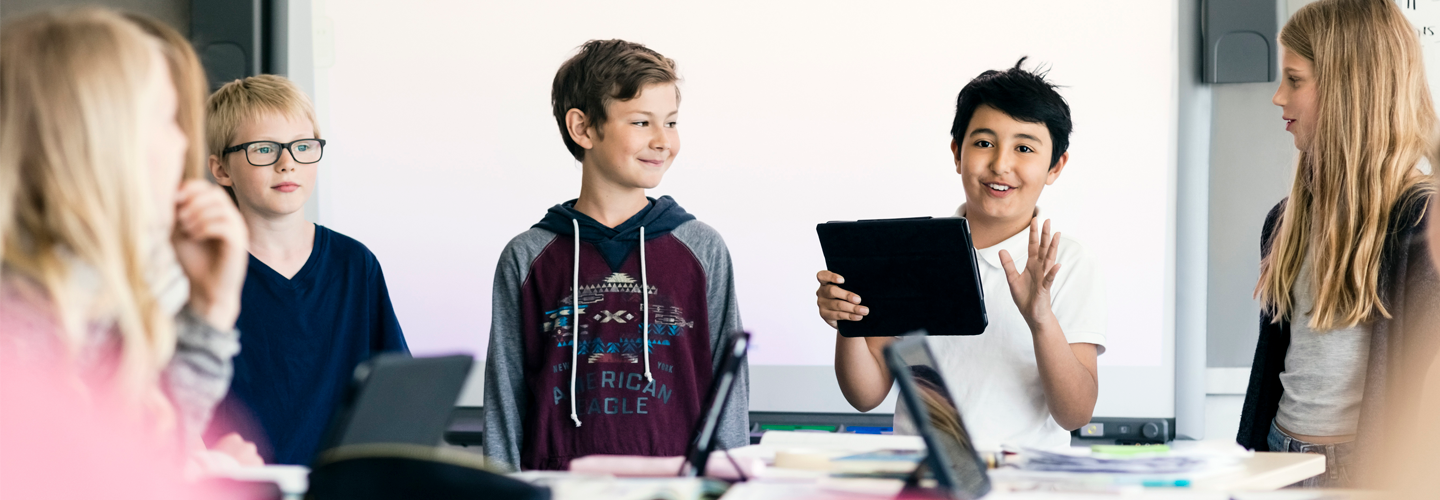The connection between movement and language learning
The link between physical movement and language learning is deeply rooted in cognitive science. Research suggests that our cognitive processes are intertwined with our bodily systems, meaning that physical activities, such as dance, can enhance memory, comprehension and expression. This concept, known as 'embodied cognition', highlights how movement can serve as a powerful tool in internalizing new language concepts and vocabulary.
Here's how dance facilitates language learning:
- Memorization enhancement: Associating vocabulary or phrases with specific movements can improve recall abilities. For example, performing a specific dance move when practicing a new word can create a mnemonic device, making the term easier to remember.
- Increased engagement and concentration: Movement breaks up the monotony of traditional study methods, keeping the mind engaged and focused. This is particularly beneficial during longer study sessions, where concentration may start to wane.
- Stress reduction: Dance is a well-known stress reliever. Lowering stress levels not only improves mental health but also creates a more conducive environment for language acquisition, as anxiety can be a significant barrier to effective learning.
- Improved pronunciation through rhythm practice: Many languages have a unique rhythm and cadence. Engaging in dance can tune your ear to these rhythmic patterns, aiding in the understanding and reproduction of authentic pronunciation.
Ways to incorporate dance and language
Start simple
You don't need complex choreography to get started. Begin with simple movements that you can associate with the new language. This could be as straightforward as moving your hands up for high-tone languages like Mandarin or swaying to the rhythm of a Spanish guitar as you practice phrases.
Create a themed playlist
Music is a powerful companion to dance. Create a playlist of songs in the language you’re learning and try to move intuitively to the rhythm. This will not only help with learning new words and phrases but will also immerse you in the culture of the language.
Join a class
If possible, join a dance class that focuses on the culture of the language you're learning. Salsa, Bollywood, or even traditional Japanese dance can provide insights into the culture, which is a crucial part of mastering a language.




